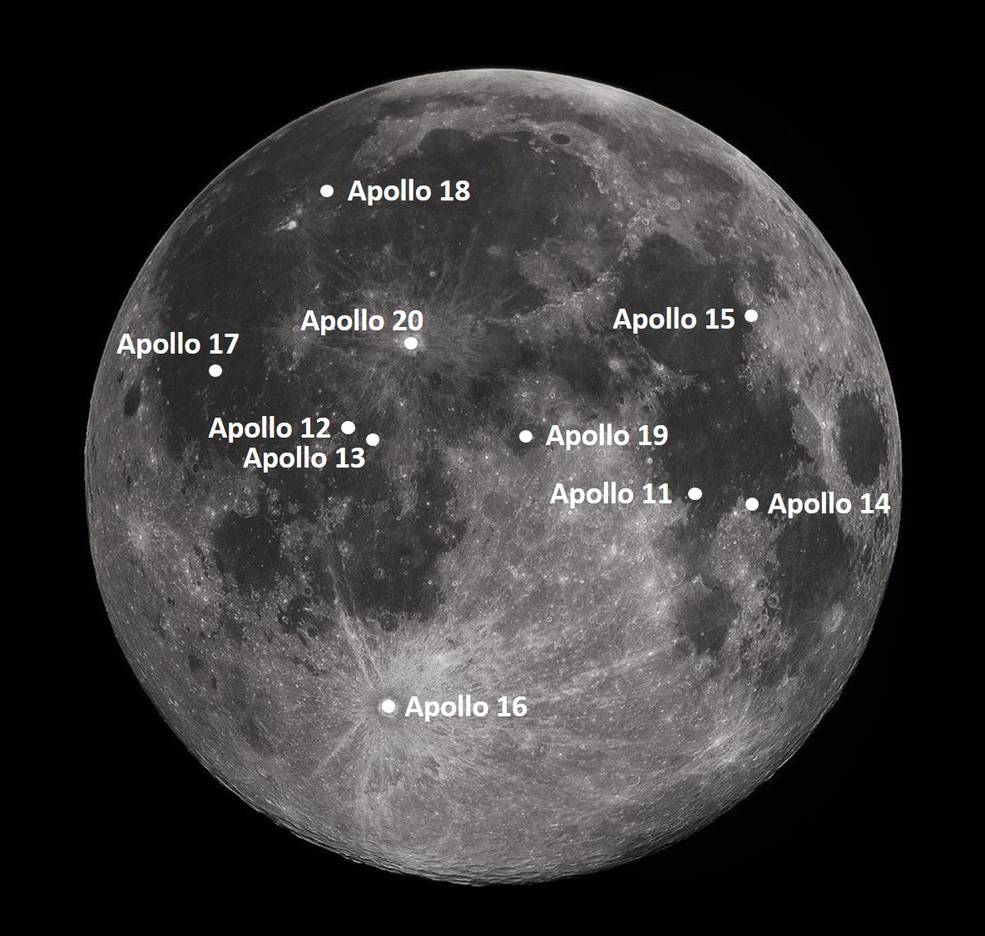In January 1970, NASA had completed two successful Moon landings and the rocket for the third planned landing mission sat on its launch pad at Kennedy Space Center. Beyond that, NASA had plans to continue Moon landings through Apollo 20. But tightening federal budgets and decisions made in the previous two years resulted in NASA curtailing its plan for 10 Apollo Moon landings.


NASA Administrators Webb (left) and Paine (right).
To accomplish the Moon landing before the end of the decade, the goal President John F. Kennedy set for the nation in 1961, NASA contracted for the construction of 15 Saturn V rockets, holding out the option of a possible second production run at a later date. The additional rockets could be used for further lunar exploration or to launch an Earth-orbiting space station as part of the Apollo Applications Program (AAP). But on Aug. 1, 1968, NASA Administrator James E. Webb refused to fund long-lead items for any Saturn V rockets beyond the original 15, essentially shutting down the assembly line for the Moon rocket. Ironically, Webb’s decision came just before the resumption of crewed Apollo flights with Apollo 7 in October 1968 and the first crewed mission of a Saturn V during Apollo 8 two months later that included the first human space flight to orbit the Moon.



Left: Schematic representation of the “wet” AAP workshop. Middle: Illustration of the “dry” workshop in orbit.
Right: Launch configuration of the “dry” workshop on a 2-stage Saturn V.
In July 1969, as the Apollo 11 astronauts were on their way to accomplish the first Moon landing, NASA Administrator Thomas O. Paine announced a decision to launch the AAP workshop, an experimental Earth orbiting space station, “dry” as opposed to “wet.” In the original “wet” plan, the workshop would launch as a fully-fueled second stage on a smaller Saturn 1B rocket, with astronauts in orbit outfitting the stage into living and working quarters. The “dry” workshop would launch already outfitted but the additional mass would require the use of a two-stage version of the larger Saturn V Moon rocket.

Proposed landing sites through Apollo 20,
as of August 1969.
Faced with an austere budget for Fiscal Year (FY) 1971 and the two earlier decisions above, on Jan. 4, 1970, NASA Administrator Paine announced the difficult decision that the Saturn V planned for Apollo 20 would instead launch the AAP workshop in 1972. Paine also announced that future Apollo lunar landing missions would launch at 6-month intervals, with Apollo 13 and 14 in 1970, and Apollo 15 and 16 in 1971. The AAP workshop would follow in 1972 and include three flights of three astronauts of 28, 56, and 56 days in duration. Lunar missions would resume in 1973 with Apollo 17, 18, and 19. Although no landing sites beyond Apollo 13 were firm in January 1970, an August 1969 plan tentatively targeted the Copernicus crater as the site for Apollo 20. The landing sites for future Apollo missions underwent many revisions in the subsequent months.
As history records, later events affected this schedule. The accident as Apollo 13 traveled to the Moon cancelled that landing and delayed Apollo 14 until January 1971, with that flight landing at Fra Mauro, Apollo 13’s planned landing site. Further budget limitations forced NASA to cancel two more missions in September 1970, making Apollo 17 the final lunar landing in December 1972. In February 1970, NASA redesignated AAP as Skylab and launched the workshop in 1973, with three crews occupying it for 28, 59, and 84 days.




























